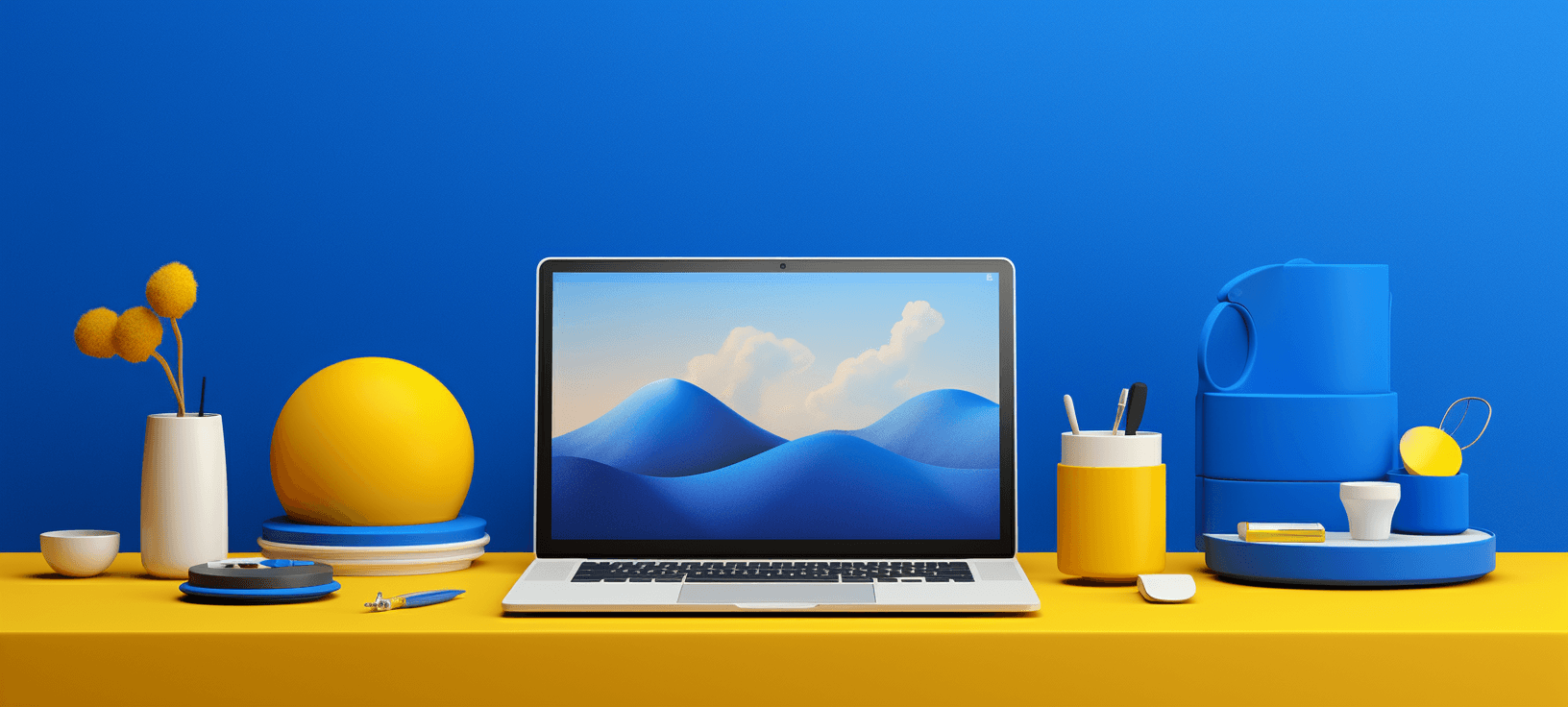Imaginative Web Layout Solutions for Modern and Engaging Internet Sites
In the realm of web layout, the search of modern-day and interesting remedies has actually come to be progressively essential for organizations aiming to capture user focus. By integrating vibrant shade systems, interactive components, and receptive designs, designers can create experiences that not just reverberate with individuals but also boost brand name identity.
Embracing Bold Color Design
In web design, the strategic use strong color systems can dramatically improve user engagement and brand name identity. By employing vivid colors, designers can develop visually striking websites that record interest and foster a remarkable experience. A well-chosen color scheme not only mirrors a business's values however also stimulates particular feelings that can affect user habits.
Bold shades can be employed to lead individuals' focus to crucial elements such as contact us to action, improving conversion prices. Using contrasting colors for switches and links can make these aspects stand out, motivating individuals to connect more easily. Furthermore, a cohesive color design across the web site reinforces brand acknowledgment, developing a sense of experience and trust fund among visitors.
Nevertheless, it is critical to balance bold colors with appropriate white room to stay clear of overwhelming users. Efficient use typography likewise enhances vibrant shades, ensuring readability while maintaining visual charm. Eventually, accepting strong color design in website design not just elevates visual top quality yet additionally plays an essential role in accomplishing tactical company goals, making it a necessary factor to consider for contemporary internet advancement.

Utilizing Interactive Components
Interactive elements are crucial in contemporary web style, as they considerably boost user involvement and create an extra dynamic searching experience. By incorporating functions such as animations, hover results, and clickable elements, internet sites can encourage customers to explore material better and return for future visits.

Micro-interactions, such as subtle animations when a switch is clicked or a kind is sent, can likewise improve the user experience by providing prompt comments. These little details can make the website really feel more responsive and active, cultivating a sense of link in between users and the site.
In addition, gamification aspects, such as incentives for completing details actions, can encourage individuals to involve with the content extra deeply. use this link By thoughtfully incorporating these interactive components, internet developers can produce a remarkable and engaging on-line experience that resonates with individuals and urges them to return.
Executing Receptive Layout
Executing receptive design is important in today's multi-device landscape, ensuring that sites give an optimal viewing experience throughout numerous screen sizes. As customers increasingly access the internet with smart devices, tablets, and desktops, a one-size-fits-all technique is no more viable. Responsive style permits smooth navigating and interaction, adapting design and web content to fit the tool being used.
Trick concepts of responsive style include fluid grids, adaptable photos, and media questions. Media inquiries assist in the application of different styles based on the tool's features, such as size, height, or resolution, allowing designers to customize the customer experience efficiently.
Furthermore, responsive layout improves SEO performance, as internet search helpful resources engine prefer mobile-friendly sites. By implementing receptive style, companies not only boost individual complete satisfaction and engagement yet likewise increase their reach in an affordable digital landscape. As technology proceeds to develop, adopting receptive design has actually ended up being a fundamental technique for any modern-day and appealing website.
Incorporating Multimedia Content
Multimedia web content plays an i thought about this important role in producing engaging and vibrant internet experiences that catch customers' interest and boost understanding. By integrating message, pictures, sound, and video, internet sites can provide a richer story that attract numerous learning designs and preferences. This combination not just reinforces customer engagement however additionally aids in sharing complex ideas succinctly.
Including top quality photos and infographics can separate textual material, making it extra digestible. Likewise, video clip tutorials and presentations can offer comprehensive understandings that static material might not totally communicate. Audio components, such as podcasts or history music, can also improve the environment of an internet site, creating a more immersive experience.
Additionally, the critical use multimedia can improve SEO performance, as search engines favor varied material kinds, raising exposure. It is essential to make sure that multimedia elements do not hinder page lots times, as this can lead to user irritation. By stabilizing multimedia assimilation with efficiency considerations, web designers can develop aesthetically enticing and practical sites that resonate with users, cultivating a much deeper link and encouraging return gos to.
Prioritizing Customer Experience

To accomplish an ideal individual experience, designers must concentrate on numerous crucial principles. Clear calls to action, legible typography, and arranged material guide customers, minimizing cognitive tons.
Additionally, incorporating customer comments into the design procedure is vital. Routine screening with actual individuals helps recognize pain factors and locations for improvement, enabling repetitive enhancements. Inevitably, prioritizing UX not just raises user contentment however also drives involvement and conversion rates, making it a critical aspect of modern internet design approaches. By putting users at the center of layout efforts, websites can produce lasting, favorable impressions that motivate return visits.
Final Thought
To conclude, modern web style remedies that emphasize bold color pattern, interactive components, responsive style, and multimedia material dramatically enhance user interaction and fulfillment. Focusing on user experience through clear layouts and constant comments additionally adds to boosted conversion rates. By adopting these techniques, sites can successfully astound site visitors and enhance brand name identification, inevitably bring about an extra vibrant and engaging online presence. The integration of these design principles is essential for achieving modern website design purposes.